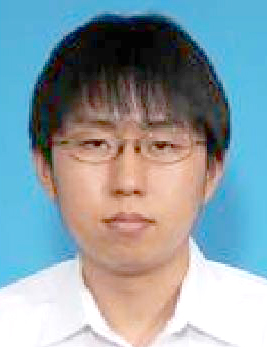Best Paper Award
BOTDA-Based Technique for Measuring Maximum Loss and Crosstalk at Splice Point in Few-Mode Fibers[IEICE TRANS. COMMUN., VOL.E105–B, NO.5 MAY 2022]




Mode division multiplexing (MDM) using few-mode fibers (FMFs) has been intensively studied as a key technology for developing large-capacity transmission systems. MDM systems use several linearly polarized (LP) modes as independent transmission channels. Its advantage is that the transmission capacity increases with the number of modes. However, some optical properties such as modal loss and modal crosstalk among LP modes are important factors in designing MDM transmission systems. It is well known that these properties strongly depend on the quality of splices in a transmission line using FMFs. Moreover, these properties at splice points can vary with external factors such as temperature or strain applied to the FMFs. To maximize the potential of the MDM systems, telecom operators need to evaluate whether splice points are acceptable by measuring the maximum modal loss and crosstalk at splice points.
In this paper, the authors have proposed a novel technique based on Brillouin optical time domain analysis (BOTDA) for measuring the maximum modal loss and crosstalk that occur at a splice point in a two-mode fiber (TMF). With the proposed technique, pump and probe lights with arbitrary modes are injected into the TMF using a mode multiplexer. The technique measures the Brillouin gain caused by the Brillouin interaction among these lights. Moreover, the technique repeatedly measures the gain by changing the incident state of the modes. By analyzing the measured gain using pre-acquired Brillouin gain coefficients, the technique yields the maximum modal loss and crosstalk. The authors have also verified that the proposed technique can measure the maximum loss and crosstalk at a splice point in a TMF by comparing the experimental results with calculated ones.
The findings obtained in this study will be useful for the future development of MDM transmission technologies. This study will be the basis for developing techniques to measure the modal loss and crosstalk in transmission lines using FMFs. For the above reasons, this paper is well deserving of the IEICE Best Paper Award.